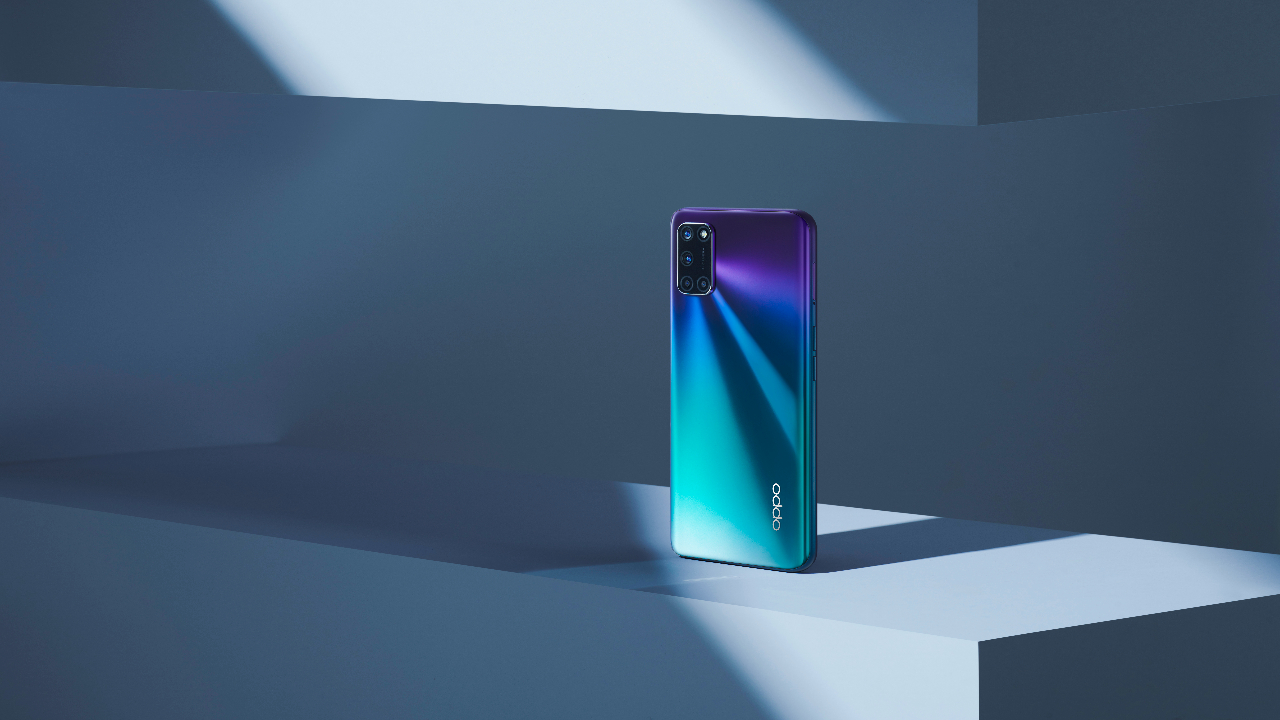Oppo wants to upstage its rivals – and it's winning
Oppo has learnt from Huawei's mistakes and is thriving


Oppo’s rise to become China’s top smartphone brand in January for the first time was no accident. Its ability to churn out great handsets in a competitive Chinese market belies the current crisis that has all but engulfed Huawei. Maybe it's a measure, too, of the changing tide of the mobile industry.
Although I'm sure Apple and Samsung have never underestimated the mobile powerhouse that is China, there must still be something that rankles them to see brands like Oppo make it all seem so effortless. Under the same umbrella company of BBK Electronics Corporation, Oppo, Vivo, and Huawei roll out a range of handsets that aim at the lower end, mid-end, and devices that also aim at the pricier bracket of the iPhone 12 and Samsung Galaxy S21.
Oppo seems to be good at everything – and recent news of it climbing to the top spot of Counterpoint's Pulse Report probably won't surprise too many people. While the Oppo Reno 10x Zoom’s shark fin camera wasn’t for everyone, the Oppo Find X2 Pro’s stellar spec set competes with the best phones. Although you might’ve once said that Oppo was aiming squarely at the low-end market, it’s now just as able to produce flagship goods.
According to the latest data, Oppo now holds a 21 per cent market share, making it the top smartphone brand in January for the first time. What’s Oppo’s secret? It’s a combination of factors, according to Oppo’s WEU President, Maggie Xue in comments to T3: “We continue to focus on providing the best in terms of design and innovation, delivering compelling products that cut through a crowded marketplace.”
- Google Photos unlimited storage to stay free for some Pixel phone owners
- PS5 restock happening at Amazon this week: here's when it's going to drop
- Google Maps new feature will be a big help finding your destination
Huawei: Oppo-tunity
Oppo’s success has, in part, arisen from the decline of Huawei: an inescapable spectre that has spooked the Chinese mobile sector, and one that has made manufacturers not only fearful of the collateral financial fallout from sanctions but also its effect on trust.
Xue is adamant on this, saying: “Buying into a trusted brand is a huge driver for consumers in the UK; we realise the importance of becoming part of the fabric of British life.”
Oppo’s ability to adapt has seen it not just survive – also thrive – in a tumultuous period for China's phone manufacturers. While older handsets like the Oppo Reno 2 and Oppo Reno 4 Pro 5G aped the success of Huawei's earlier models, it's the Oppo Reno 5 Series where Oppo has really found its feet.
Get all the latest news, reviews, deals and buying guides on gorgeous tech, home and active products from the T3 experts
“While some smartphone brands have thrived over the last few years, others have struggled to thrive in an increasingly competitive market”, explains Xue.
Oppo is now filling the void left by Huawei; its Reno 5 series devices launched cheaper than the Oppo Reno 4 handsets, plus hold a better camera, display, and 5G capabilities.
The sale of the Honor brand has been a huge chink in Huawei's armour: subject to the same sanctions as its parent company, Honor was sloughed off to give the brand breathing space, effectively splitting Huawei into two brands further diminishing its market share.
Affordable 5G: Oppo
As 5G gets less synonymous with high-end devices and increasingly enters the affordable mobile bracket, China pushes the frontiers here, too. Had I said that I could pick up a 5G device for less than $350 several years ago, you might've – quite rightly – written it off as nonsense.
Now, nearly one-third of the 5G devices sold in China in January were below the $300 mark. Xue explains that Oppo has tapped into the need for "compelling products that cut through a crowded marketplace"; Oppo's A72 5G, just one example of a phone that offers great features wrapped up in an affordable 5G package.
And while "Oppo's ambition is to make the best possible product that also provides access to innovation in both smart technology and 5G", it's here, too, that it chips away at Huawei's market share, seizing on the successes of Huawei's Enjoy and Nova series, which also afford users a cheaper entry point to 5G in some models.
As Oppo continues to flourish, it will impress upon Samsung and Apple the need to not only consistently innovate, but to align with customers' value sets. I get the sense from Xue that this is just the beginning of Oppo's ability to identify with its market, hitting the right notes with the right products at the right time.
The Oppo Find X3 Pro scored off the charts in our recent review, showing Oppo can deliver a proper flagship device that looks and feels the part: an intuitive feeling that can't be fabricated, one that screams premium, and a match for the iPhone 12 Pro Max and the Samsung Galaxy S21 Ultra. There's even talk of an Oppo foldable release in Q2, which would see the brand weigh in on what looks to be a popular sector this year, ahead of the Google Pixel Fold being released.
According to Xue, Oppo remains conscious of the challenge that lies ahead, saying: "There’s no getting away from the fact that Europe is a competitive market." But with the premium Western European market lapping up devices like Find X3 Pro and a steady stream of low-to-mid-tier handsets for Latin American and Asian Pacific markets, it feels like Oppo's continued climb is less meteoric, and more an inevitability.
Source: Counterpoint

Luke is a former news writer at T3 who covered all things tech at T3. Disc golf enthusiast, keen jogger, and fond of all things outdoors (when not indoors messing around with gadgets), Luke wrote about a wide-array of subjects for T3.com, including Android Auto, WhatsApp, Sky, Virgin Media, Amazon Kindle, Windows 11, Chromebooks, iPhones and much more, too.